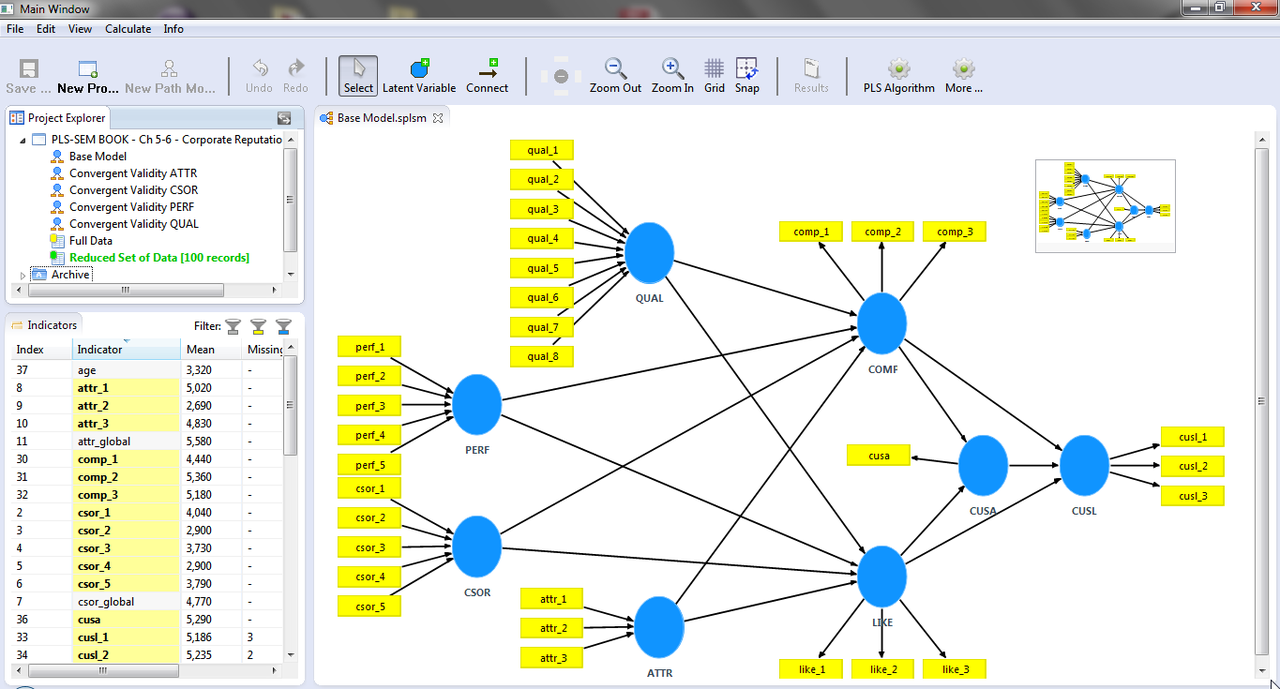Finding Researchable Problems
by Janet Salmons, PhD, Research Community Manager for SAGE Methodspace
Sometimes the most basic fundamentals of research are the hardest to comprehend.
Finding guidance on the initial steps of the research design process, namely identifying the basis of the study, is maddeningly difficult to find. Nevertheless, every would-be scholar must determine the phenomenon, issue, topic, or theory to study, before deciding how to investigate it.
When I supervised doctoral students at this initial pre-design stage, I asked them to think through some key questions that help to focus the process. As Booth, Columb and Williams observe in their classic text, The Craft of Research:
If you are new to research, the freedom to pick your own topic can seem daunting. Where do you begin? How do you tell a good topic from a bad one? Inexperienced researchers typically wonder, Will I find enough information on this topic to write about it? To their surprise they often compile too much information, much of it not very useful. They do so because their topic lacks focus. Without that focus, any evidence you assemble risks appearing to your readers as little more than a mound of random facts. (p. 52)
I offer key questions, and some drawn from Booth’s suggestions, to stimulate your thinking, or help your students begin the process of moving from “I wonder…?” to a clearly-defined, research-worthy problem.
Is the problem of interest new or old? Is it a well-studied or an emerging problem?
How would things be different if your topic never existed, disappeared, or were put into a new context? (Booth et al., 2016)
How does your topic compare to and contrast with others like it? (Booth et al., 2016)
If it is an emerging problem, is there a similar issue that has been previously studied, or has the problem been studied in other contexts or disciplines?
How does it fit into a larger developmental context? Why did your topic come into being? What is its own internal history? How and why has the topic itself changed through time? (Booth et al., 2016)
What is the scope of the problem? Is it a problem for individuals, groups, organizations, or the world at large?
Is the problem of interest specific to particular settings, localities, populations, or is it a wide-spread issue?
Beyond your own interest, do others think this is a problem worth studying? (See the introduction to this series of posts and consider stakeholders involved with the problem.)
Now spend some time in the literature.
To explore these questions you will need to ground your work in existing scholarship. Start with an open mind; don’t narrow your exploration to a limited set of journals in your discipline or field of study. Create an annotated bibliography, that is, make notes and record references as you go to avoid having to back track to find that wonderful source your read three articles ago!
These open-access articles and conference presentations explore research problem formulation.
Chen, S., Sharma, G., & Muñoz, P. In Pursuit of Impact: From Research Questions to Problem Formulation in Entrepreneurship Research. Entrepreneurship Theory and Practice, 0(0), 10422587221111736. https://doi.org/10.1177/10422587221111736
Abstract. In this paper, we address recent calls to increase the societal relevance of entrepreneurship research. We explore how entrepreneurship researchers and practitioners work together in the formulation of a research problem for impact. Leveraging process-tracing, we analyzed six entrepreneurship research projects, from early conceptualization to publication, all part of the Journal of Business Venturing Insights’ Entrepreneurship Rapid Response Research Initiative. We made two discoveries, as it pertains to the formulation of problems in entrepreneurship research. First, we found four critical change dimensions, along which a problem evolves throughout the research process: worthiness, divisibility, centrality, and specificity. Second, we found two equifinal problem formulation pathways in impact-oriented entrepreneurship research: inward-looking iterative and outward-looking joint problem formulation. These are marked by drivers of the research project, timing of involvement of the practitioner, and interactions between researchers and practitioners, which influence the sequence of the four change dimensions in problem formulation. Our study contributes by theorizing problem formulation as a process, not a point in time, and hence intertwined with solutions, making the process consequential. We also offer concrete implications for entrepreneurship scholars wanting to engage in research that impacts practice.
Jones, P., & Forder, R. (2013). Problem formulation and study design. Keynotes and Extended, 55.
Abstract. This paper provides an overview of principles of Operational Research problem formulation and study design. Problem formulation identifies what the analysis is trying to achieve and what issues it needs to address. The paper examines problem formulation challenges like understanding your customer and stakeholders‟ needs and deciding on study scope. A number of problem formulation methods are summarised. Study design identifies, in the light of the formulated problem, what analysis we intend carry out and how. We discuss a number of ways of developing the technical design of an O.R. study. A generic O.R. study design process is used to highlight key design considerations. Supporting ideas and approaches are also discussed.
Pardede, P. (2018). Identifying and formulating the research problem. Res. ELT, 1, 1-13.
Abstract. The first and most important step of a research is formulation of research problems. It is like the foundation of a building to be constructed. To solve a problem someone has to know about the problem. So, the problem identification and formulation is very crucial for the researcher before conducting a research, and this is perhaps one of the most difficult aspects of any research undertaking. The “problem” is stated in the opening passages of a study and, in effect, provides a reader the rationale for why the study is important and why it is necessary to read. This module discusses the concepts and activities for identifying, specifying, and stating a research problem in both quantitative and qualitative research and positioning it within a section that introduces a study, i.e., the “statement of the problem” section. By the end of this module, readers should be able to: (1) Differentiate a research area of interest from a research topic and research problem; (2) Identify one’s own area of interest; (3) Determining the most suitable topic to study; (4) Explain the importance of a research problem in a study; (3) Distinguish between a research problem and other parts of research process; (5) Identify criteria for deciding whether a problem can and should be researched; (6) Describe how quantitative and qualitative research problems differ; (7) Write a good problem statement section; and (8) Write research questions and hypothesis.
Sequeira, A. H. (2014). Conceptualization in research. Psychology of innovation ejournal CMBO.
Abstract. Research is always based on reliable data and the methods used to capture this data. Scientific methods facilitate this process to obtain quality output in research. Formulation of research problem is the first step to begin with research. It is at this stage, the researcher should have a clear understanding of the words and terms used in the research such that there are no conflicts arising later regarding their interpretation and measurements. This necessitates the understanding of the conceptualization process.
Shoket, M. (2014). Research problem: identification and formulation. International Journal of Research, 1(4), 512-518.
Abstract. Research is an investigation or experimentation that is aimed at a discovery and interpretation of facts, revision of theories or laws or practical application of the new or revised theories or laws. Identification of research problem leads in conducting a research. To initiate a research, the necessity for the research, to be carried out should be generated.The ideas and topics are developed while consulting literatures, discussions with experts and continuation of activities related to the subject matter. These ideas/topics generally called research problems and are statements about areas of concern, a condition to be improved, a difficulty to be eliminated, or a troubling question that exists in scholarly literature, in theory, or in practice that points to the need for meaningful understanding and deliberate investigation. A research problem does not state how to do something, offer a vague or broad proposition, or present a value question. The problem must be significant researchable lead to further research and suitable for the researcher. Formulation of the problem should lead to empirical investigation. Formulation of research problem should depict what is to be determined and scope of the study.It also involves key concept definitions questions to be asked. The objective of the present paper highlights the above stated issues.
Booth, W. C., Colomb, G. G., & Williams, J. M. (2016). Craft of Research (4th Edition). University of Chicago Press. http://site.ebrary.com/lib/capella/docDetail.action?docID=10288700





























Do you think about research questions as an insider, outsider, or somewhere in between? Why is positionality important in online research?